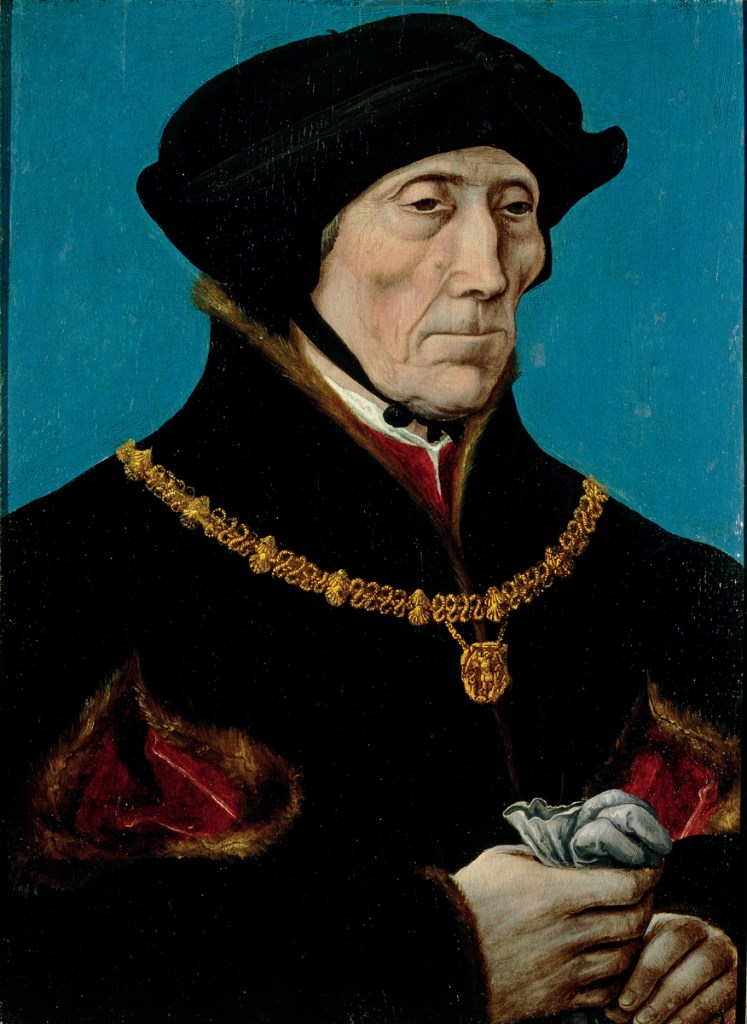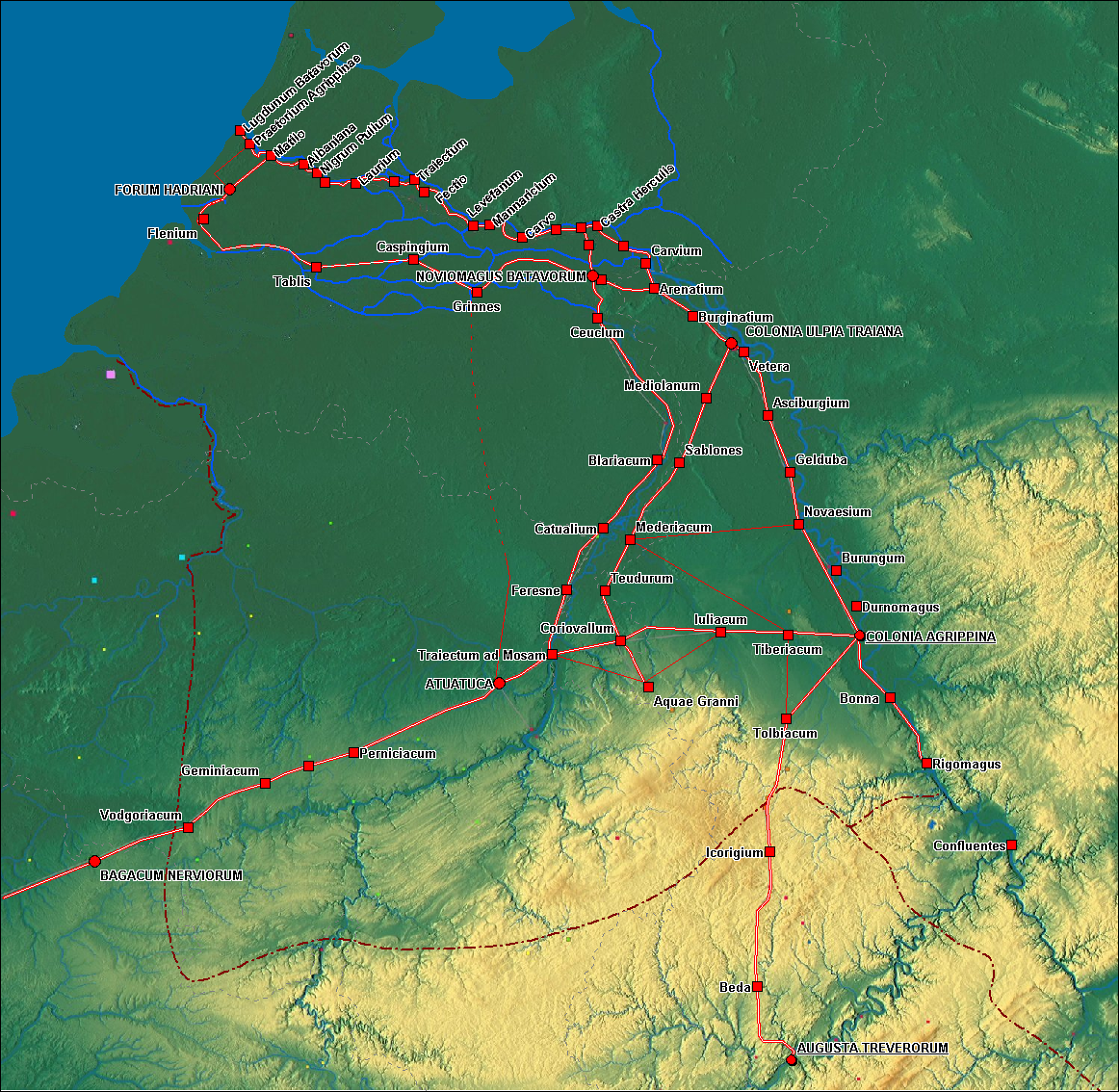|
Bas-Vendômois
The Bas-Vendômois is a small district in central- western France, consisting of the 14 communes of the canton of Montoire-sur-le-Loir, in the arrondissement of Vendôme, ''département'' of Loir-et-Cher, France. The capital of Bas-Vendômois is Montoire-sur-le-Loir. History The area corresponds to the central portion of the east-west flowing Loir valley. Before the French Revolution the area depended administratively on Vendôme and was part of the Orléanais province, but ecclesiastically on the Diocese of Le Mans in the Tours province. The division thus corresponds to that between the late Roman provinces of '' Tertia Lugdunensis'' (Tours) and '' Quarta Lugdunensis'' (Sens) and the civitates of the Cenomani and of the Carnutes respectively. The Bas-Vendômois was part of the Frankish kingdom of Neustria. The area was fought over during struggles between the Angevin Plantagenêts and the French monarchy. There are fortified castles at Montoire-sur-le-Loir and Lavardin. Th ... [...More Info...] [...Related Items...] OR: [Wikipedia] [Google] [Baidu] |
Couture-sur-Loir
Couture-sur-Loir (, literally ''Couture on Loir'') is a former commune in the Loir-et-Cher department of central France. On 1 January 2019, it was merged into the new commune Vallée-de-Ronsard. 29 November 2018 It is situated in the northwest of the department, to the west of Vendôme. It lies mainly on the left bank of the river . Geography< ...
|
Saint-Jacques-des-Guérets
Saint-Jacques-des-Guérets () is a commune in the Loir-et-Cher department in central France. Population Sights Lying on one of the traditional pilgrimage routes to Santiago da Compostella, across the river from the partly troglodyte hillside of Trôo, its small church of St. James the Great is celebrated for its Romanesque frescoes and western arch. See also * Trôo * Bas-Vendômois * Communes of the Loir-et-Cher department A commune is an alternative term for an intentional community. Commune or comună or comune or other derivations may also refer to: Administrative-territorial entities * Commune (administrative division), a municipality or township ** Communes o ... References Communes of Loir-et-Cher {{LoirCher-geo-stub ... [...More Info...] [...Related Items...] OR: [Wikipedia] [Google] [Baidu] |
Montoire-sur-le-Loir
Montoire-sur-le-Loir (, literally ''Montoire on the Loir''), commonly known as Montoire, is a commune near Vendôme, in the Loir-et-Cher department in Centre-Val de Loire, France. History Montoire-sur-le-Loir is known as the location where, on 24 October 1940, the famous handshake between Adolf Hitler and Philippe Pétain took place signifying the start of organised collaboration of Vichy France with the Nazi regime. The meeting took place in a railway car just outside the town's railway station. The discussion was entirely a matter of generalities, with no specifics discussed or decided. Hitler was impressed with Pétain's commitment to defending the French colonial empire. False rumours abounded that France had made major concessions regarding colonies and German control of French ports and the French fleet. This was announced to the French public on 30 October in a radio broadcast speech when Pétain declared, "I enter, today, into the way of collaboration.""J'entre au ... [...More Info...] [...Related Items...] OR: [Wikipedia] [Google] [Baidu] |
Orléanais
The Duchy of Orléanais () is a former province of France, which was created during the Renaissance by merging four former counties and towns. However after the French Revolution, the province was dissolved in 1791 and succeeded by five ''départments'' (less some communes to others). Dukedom The Duchy of Orléanais was created in 1344 by raising the former County of Orléans to a Dukedom under Philip VI of France, King Philip VI for his second son Philip, Duke of Orléans, Philip de Valois. With the creation of the duchy, several localities around the former county were also integrated, they included the County of Beaugency and the Seigneurities of Neuville-aux-Bois, Yèvre-le-Châtel, Châteauneuf-en-Thymerais, Lorris, and Boiscommun. In 1375, Prince Philip died without a legitimate heir, the title of 'Duke of Orléans' and the duchy itself were merged into the Crown lands of France, royal domain (crown lands) of the King of France. In 1392, the duchy was re-created by King Cha ... [...More Info...] [...Related Items...] OR: [Wikipedia] [Google] [Baidu] |
Quarta Lugdunensis
() was a province of the Roman Empire in what is now the modern country of France, part of the Celtic territory of Gaul formerly known as Celtica. It is named after its capital Lugdunum (today's Lyon), possibly Roman Europe's major city west of Italy, and a major imperial mint. Outside Lugdunum was the Sanctuary of the Three Gauls, where representatives met to celebrate the cult of Rome and Augustus. History In describing his conquest of Gaul (58–50 BC), Julius Caesar distinguished between in the south of Gaul, which already was a Roman province in his time, and the three other parts of Gaul: the territories of the , of the , and of the also known as the . The territory of the Galli extended from the rivers Seine and Marne in the north-east, which formed the boundary with , to the river Garonne in the south-west, which formed the border with . Under Augustus, was created by reducing in size the territory of the Gauls (): the portion between the river Loire and the Garonne w ... [...More Info...] [...Related Items...] OR: [Wikipedia] [Google] [Baidu] |
Renaissance
The Renaissance ( , ) is a Periodization, period of history and a European cultural movement covering the 15th and 16th centuries. It marked the transition from the Middle Ages to modernity and was characterized by an effort to revive and surpass the ideas and achievements of classical antiquity. Associated with great social change in most fields and disciplines, including Renaissance art, art, Renaissance architecture, architecture, politics, Renaissance literature, literature, Renaissance exploration, exploration and Science in the Renaissance, science, the Renaissance was first centered in the Republic of Florence, then spread to the Italian Renaissance, rest of Italy and later throughout Europe. The term ''rinascita'' ("rebirth") first appeared in ''Lives of the Artists'' () by Giorgio Vasari, while the corresponding French word was adopted into English as the term for this period during the 1830s. The Renaissance's intellectual basis was founded in its version of Renaiss ... [...More Info...] [...Related Items...] OR: [Wikipedia] [Google] [Baidu] |
Romanesque Architecture
Romanesque architecture is an architectural style of medieval Europe that was predominant in the 11th and 12th centuries. The style eventually developed into the Gothic style with the shape of the arches providing a simple distinction: the Romanesque is characterized by semicircular arches, while the Gothic is marked by the pointed arches. The Romanesque emerged nearly simultaneously in multiple countries of Western Europe; its examples can be found across the continent, making it the first pan-European architectural style since Imperial Roman architecture. Similarly to Gothic, the name of the style was transferred onto the contemporary Romanesque art. Combining features of ancient Roman and Byzantine buildings and other local traditions, Romanesque architecture is known by its massive quality, thick walls, round arches, sturdy pillars, barrel vaults, large towers and decorative arcading. Each building has clearly defined forms, frequently of very regular, symmetrical ... [...More Info...] [...Related Items...] OR: [Wikipedia] [Google] [Baidu] |
Lavardin, Loir-et-Cher
Lavardin is a commune in the Loir-et-Cher department of central France. It is located on the banks of the river Loir. It is a member of Les Plus Beaux Villages de France (The Most Beautiful Villages of France) Association. Population Sights Lavardin is classified as one of the most beautiful villages of France thanks to the ruins of its mediaeval castle (''see main article: Château de Lavardin The Château de Lavardin is a ruined castle in the village and ''Communes of France, commune'' of Lavardin, Loir-et-Cher, Lavardin in the Loir-et-Cher ''Departments of France, department'' of France. The property of the ''commune'', it has been c ...''), its Gothic church and frescoes, its houses and the ancient bridge. The village has been frequented by renowned painters since about 1900, most notably Busson and Sauvage. Early history Salomon I of Lavardin became lord of Lavardin around 1030, and his descendants ruled there for the next three centuries. The church of St. Genest ... [...More Info...] [...Related Items...] OR: [Wikipedia] [Google] [Baidu] |
House Of Plantagenet
The House of Plantagenet (Help:IPA/English, /plænˈtædʒənət/ Help:Pronunciation respelling key, ''plan-TAJ-ə-nət'') was a royal house which originated from the Medieval France, French county of Anjou. The name Plantagenet is used by modern historians to identify four distinct royal houses: the Angevin kings of England, Angevins, who were also counts of Anjou; the main line of the Plantagenets following the loss of Anjou; and the Houses of House of Lancaster, Lancaster and House of York, York, two of the Plantagenets’ Cadet branch, cadet branches. The family held the English throne from 1154, with the accession of Henry II of England, Henry II, until 1485, when Richard III of England, Richard III died in battle. England was transformed under the Plantagenets, although only partly intentionally. The Plantagenet kings were often forced to negotiate compromises such as Magna Carta, which constrained royal power in return for financial and military support. The king was no ... [...More Info...] [...Related Items...] OR: [Wikipedia] [Google] [Baidu] |
Neustria
Neustria was the western part of the Kingdom of the Franks during the Early Middle Ages, in contrast to the eastern Frankish kingdom, Austrasia. It initially included land between the Loire and the Silva Carbonaria, in the north of present-day France, with Paris, Orléans, Tours, Soissons as its main cities. The same term later referred to a smaller region between the Seine and the Loire rivers known as the ''regnum Neustriae'', a constituent subkingdom of the Carolingian Empire and then West Francia. The Carolingian kings also created a March of Neustria which was a frontier duchy against the Bretons and Vikings that lasted until the Capetian monarchy in the late 10th century, when the term was eclipsed as a European political or geographical term. Name The name ''Neustria'' is mostly explained as "new western land", although Taylor (1848) suggested the interpretation of "northeastern land". '' Nordisk familjebok'' (1913) even suggested "not the eastern land" (''icke öst ... [...More Info...] [...Related Items...] OR: [Wikipedia] [Google] [Baidu] |
Franks
file:Frankish arms.JPG, Aristocratic Frankish burial items from the Merovingian dynasty The Franks ( or ; ; ) were originally a group of Germanic peoples who lived near the Rhine river, Rhine-river military border of Germania Inferior, which was the most northerly province of the Roman Empire in continental Europe. These Frankish tribes lived for centuries under varying degrees of Roman hegemony and influence, but after the collapse of Roman institutions in western Europe they took control of a large empire including areas which had been ruled by Rome, and what it meant to be a Frank began to evolve. Once they were deeply established in Gaul, the Franks became a multilingual, Catholic Christian people, who subsequently came to rule over several other post-Roman kingdoms both inside and outside the old empire. In a broader sense much of the population of western Europe could eventually described as Franks in some contexts. The term "Frank" itself first appeared in the third cent ... [...More Info...] [...Related Items...] OR: [Wikipedia] [Google] [Baidu] |
Carnutes
The Carnutes or Carnuti (Gaulish: 'the horned ones'), were a Gallic tribe dwelling in an extensive territory between the Sequana (Seine) and the Liger (Loire) rivers during the Iron Age and the Roman period. Name They are mentioned as ''Carnutes'' by Caesar (mid-1st c. BC) and Livy (late-1st c. BC), ''Carnūti'' by Tibullus (late-1st c. BC), ''Karnoútōn'' (Καρνούτων) and ''Karnoúntōn'' (Καρνούντων) by Strabo (early 1st c. AD), ''Karnoũtai'' (Καρνοῦται) by Ptolemy (2nd c. AD), and as ''Carnunta'' in the '' Notitia Dignitatum'' (5th c. AD). The Gaulish ethnonym ''Carnutes'' literally means 'the horned ones', probably in reference to their combat helmets. It stems from the Gaulish root ''carno-'' ('horn'), itself from Proto-Celtic *''karno-'' ('horn, hoof'; cf. Middle Welsh ''carn'' 'hoof'). The name ''Carnutes'' is linguistically related to the Brittonic ''*Kornouii'' and the Welsh ''Kernyw'', designating the Cornwall region. The city of ... [...More Info...] [...Related Items...] OR: [Wikipedia] [Google] [Baidu] |




